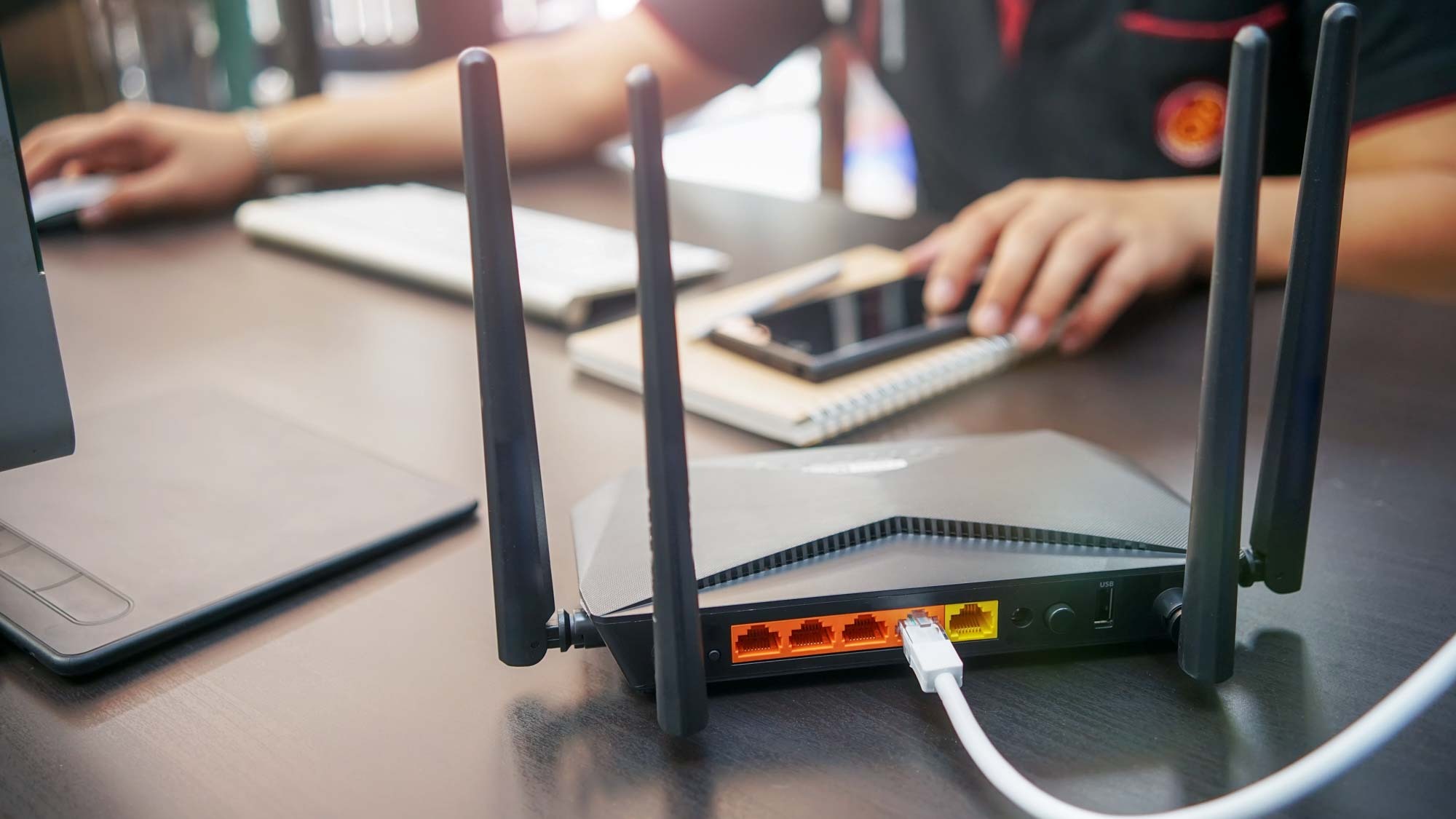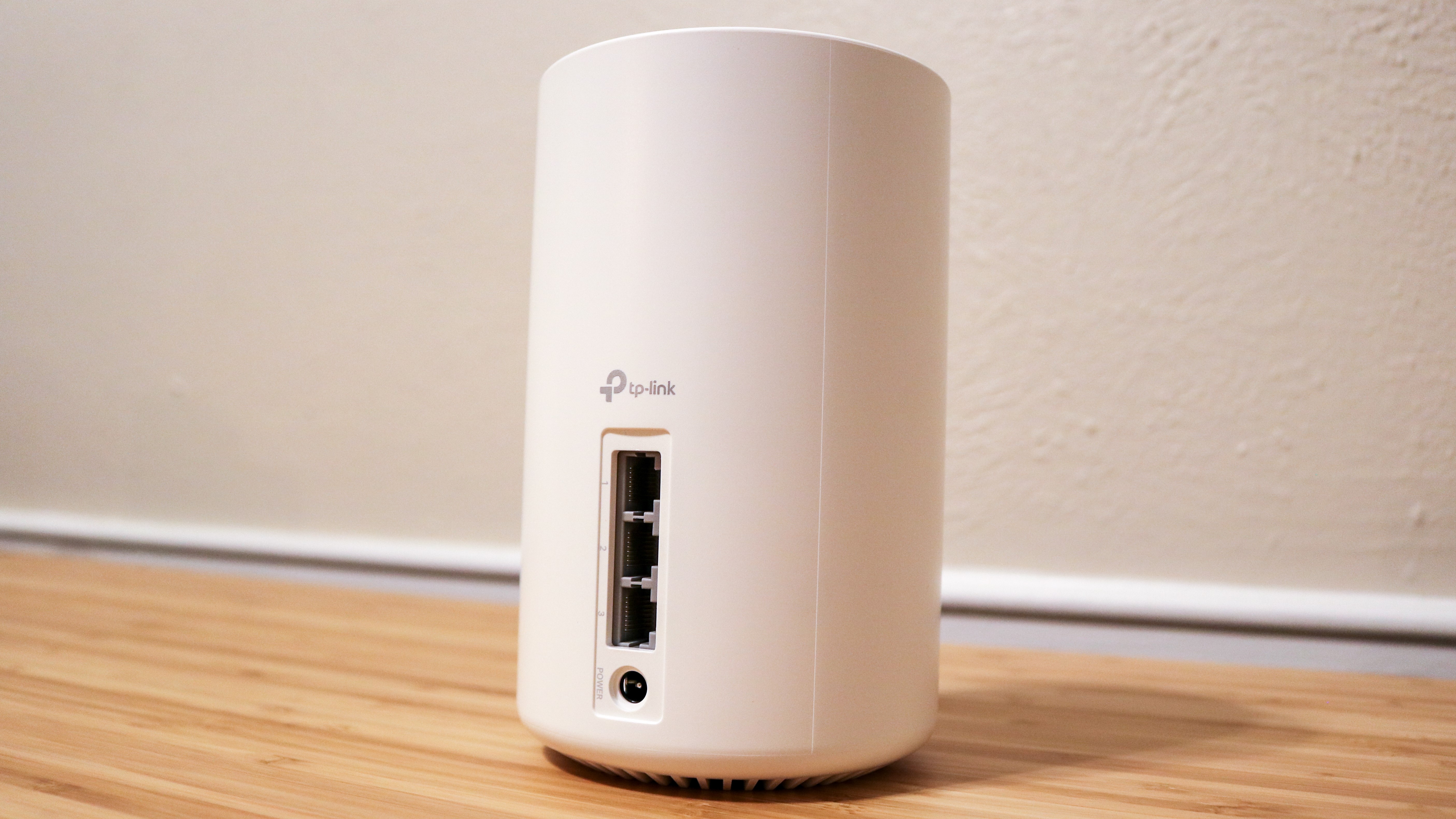I just set up a new Wi-Fi router – and wish I did this one thing differently
Your new router doesn’t necessarily need a brand new SSID and password

Sooner or later you’re going to need to upgrade your Wi-Fi router especially if you have a lot of connected devices in your home. Doing so also makes a lot of sense if you want to break free from your ISP and stop paying monthly equipment rental fees.
I recently made the switch from one of the best Wi-Fi routers to one of the best mesh routers in order to have a strong wireless connection throughout my whole home. Along the way though, I learned the hard way that giving your new router an entirely different name and password can overcomplicate what should be a simple process.
Maybe you bought a new router on Amazon Prime Day or you’re waiting until Black Friday to finally take the plunge. If you’re planning on setting up a new router, heed this advice as it can save you a lot of time and make things much easier for everyone in your household.
Use the same SSID and password with your new router

So you just bought a new router and maybe you're excited or even nervous about to getting it set up. Will this new device really give your internet speed a major boost? Although it might sound counterintuitive given this is a brand new device, you can save yourself some major headaches later by giving it the same network name or SSID (Service Set Identifier) and password as your old router.
Also keep in mind that every new router comes with a preset password and SSID like "xfinitywifi," "linksys," or "NETGEAR". However, you’re going to want to change this immediately as it can let a hacker know what kind of router you have. At the same time, if you’ve left your router’s network name unchanged, chances are you didn’t change the password or the admin password either, making you an easy target for hackers – but that’s enough on security for now.
The main reason that you might want to consider recycling your old network name and password is due to the fact that when a device tries to connect, it will first look for a network that matches any you’ve previously saved. Even if you swap out your old router with a new one, your devices won’t know the difference as long as the network name is the same.
In order for your devices to automatically connect to your new router though, you’ll also need to use the same password. This will save you from having to manually connect all of your devices to your new router. You also won’t have to input the password for each one.

In my case, when setting up my TP-Link Deco XE75, I chose to give my home network a brand new name. However, this proved to be a real pain with my home security cameras as I had to delete and then re-add them. The new network name also meant I had to reconfigure all of my smart home devices. If I had known about this trick, it would have saved me a lot of time and hassle.
When not to recycle your old network name and password

Reusing your old network name and password can certainly help speed up the process of setting up a new router but that doesn’t mean you should always go this route. Sometimes a new SSID and password really are needed.
For instance, if you kept the preset SSID like "xfinitywifi," "linksys," or "NETGEAR" on your old router, you’re going to want a unique network name instead. It needs to be easy to remember but you don’t want to include your name, address or any other personal information.
Likewise, if you’re upgrading to one of the best Wi-Fi 6 routers from a much older router that uses WEP instead of WPA or WPA2, you may want to change your network name and password. Since WEP is an outdated security protocol that encrypts passwords differently, even if you use the same password, your devices won’t connect automatically.
Finally, setting up your new router with a different network name and password is a great idea if you want to prevent people who have your old network credentials from connecting to your network. Maybe you didn’t set up a guest network and gave someone you no longer associate with your network credentials. In this case, starting fresh with a new network name and password is the best course of action.
Other things to consider when setting up a new router
Once your new router is all set up, there are a few other things you should do to have the best experience possible.
First off, you want to check for any firmware updates and install them. You can also turn on automatic firmware updates to ensure your router is running the latest software and isn’t vulnerable to hackers.
As I mentioned before, you’re also going to want to change the admin password of your router as hackers can easily find these online and gain access to your home network and your devices. You also want to disable remote access unless you absolutely plan on using this feature.
Regardless of whether you use the same network name and password or decide to change it, upgrading your Wi-Fi router is well worth the effort. However, if you have a newer Wi-Fi 5 or Wi-Fi 6 device, you may want to hold off as Wi-Fi 7 is just around the corner and expected to make its debut early next year.
Next: I added a smart display under my monitor — and it’s changed the way I work. Also check out how this $19 gadget automated my garage with no hassles.
Sign up to get the BEST of Tom's Guide direct to your inbox.
Get instant access to breaking news, the hottest reviews, great deals and helpful tips.

Anthony Spadafora is the managing editor for security and home office furniture at Tom’s Guide where he covers everything from data breaches to password managers and the best way to cover your whole home or business with Wi-Fi. He also reviews standing desks, office chairs and other home office accessories with a penchant for building desk setups. Before joining the team, Anthony wrote for ITProPortal while living in Korea and later for TechRadar Pro after moving back to the US. Based in Houston, Texas, when he’s not writing Anthony can be found tinkering with PCs and game consoles, managing cables and upgrading his smart home.
